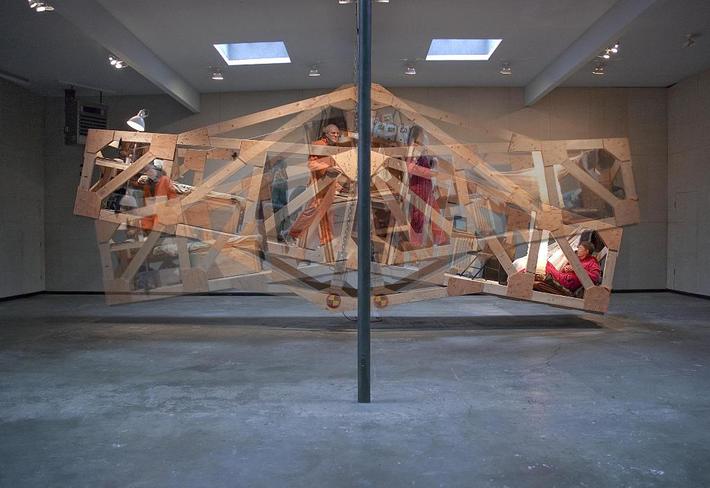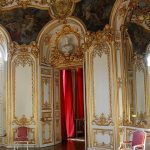Hybrid art, an experimental movement that blurs the lines between contemporary art and cutting-edge scientific and technological explorations. Artists who label themselves as Hybrid artists tend to collaborate closely with an array of disciplines such as biology, robotics, artificial intelligence, the physical sciences and advanced interface technologies including but not limited to speech, gesture, and facial recognition.
Their engagement can range from taking-on new research agendas, visualizing results in novel ways, or addressing and criticizing the social impact of the research. Hence, this art movement sparked the creation of distinct art festivals, informational resources, organizations, and academic programs dedicated to navigating and celebrating these artistic frontiers.
What is Hybrid Art ?
A novel and groundbreaking movement at the intersection of art science, and technology, in which artists with the innate experimental frame of mind, venture into the realm of research, science, and technologies to create their works. This convergence fosters a dynamic dialogue between disciplines, yet, the movement often discredited as mere esthetic heresy by the established art sphere because hybridity does not subscribe to the usual. Artfully producing works that are not simply visually compelling, but also intellectually engaging, often challenging the traditional boundaries of art-making.
Types of Hybrid Art
- 1. Bio-Art: in which artists collaborate with fields such as genetics and molecular biology, resorting to living organisms as the medium. Works may involve genetic manipulation or living tissues grown in a lab, raising fundamental, ethical and philosophical questions about life and artificiality.
- 2. Robotics: A subsection that leverages robotics and automation to create interactive installations or live performances that explore the relationship between humans and machines, often embodying themes such as, autonomy, recreation, consciousness, free will, and the future of human-robot interactions
- 3. Digital and Interactive Art: Utilizes advanced interface technologies such as augmented reality, speech and gesture recognition, and artificial intelligence to create immersive and interactive experiences that radically engage the viewers in a new and personalized manner.
- 4. Data and Information Visualization: An interesting subset in which artists leverage large data sets, sometimes in real-time, to produce a visual or auditory experiences that make complex information accessible and aesthetically appealing, often aiming to highlight and stress patterns or insights that might not be immediately obvious for the observer.
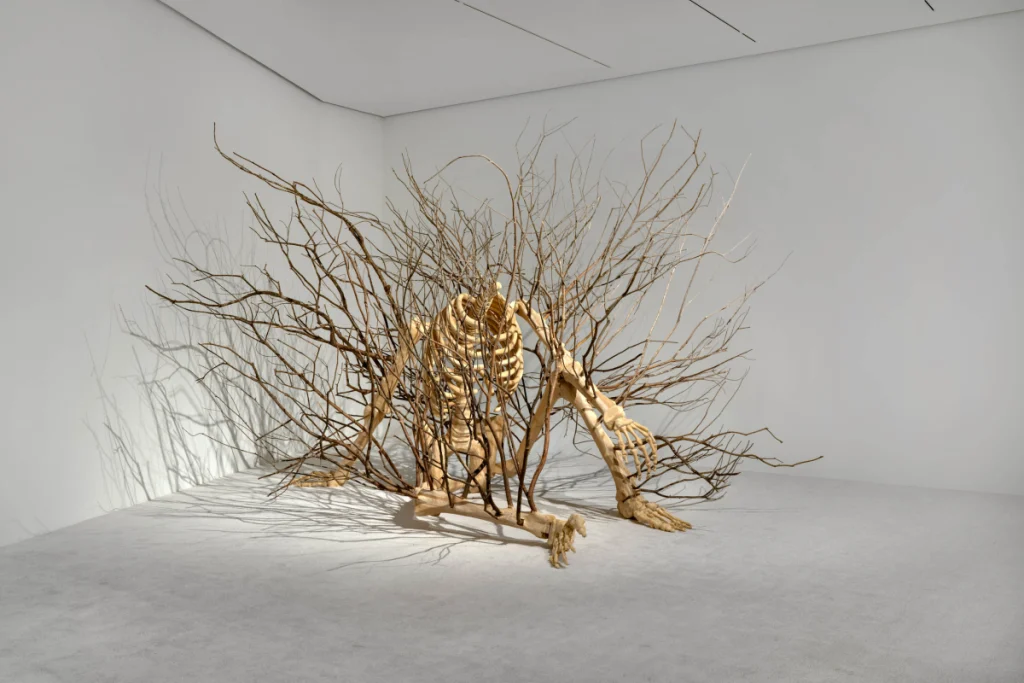
Pioneering Artists
- Eduardo Kac: Brazilian and American contemporary artist, a leading figure in the sphere of bio-art, Kac is notably known for his transgenic art, “GFP Bunny” (2000), an elaborate project centered around a genetically modified rabbit that glows green under blue light, leveraging the available traditional genetic engineering techniques at the time, stretching the boundaries of art and biotechnology.
- 2. Stelarc: An Australian artist firmly focused on stretching and boosting the capabilities of the human body through the use of robotics. His performances and large scale installations, such as “Ear on Arm,” dive deep into the possibility of integrating technology and biology, questioning existential notions such as human evolution and augmentation.
- 3. Lynn Hershman Leeson: Best known for her prominent works in the realm of digital art, Leeson’s installations and films encompass technologies such as, AI, interactive interfaces, and other digital technologies to explore notions such as identity surveillance, and the relationship between human and machines.
- 4.Refik Anadol: Refik is a Turkish-American new media artist and designer, best known for his data-driven sculptures and installations, leveraging AI and machine learning technologies to morph data sets into immersive and deeply aesthetic experiences, hence, blending architecture, digital art and narrative
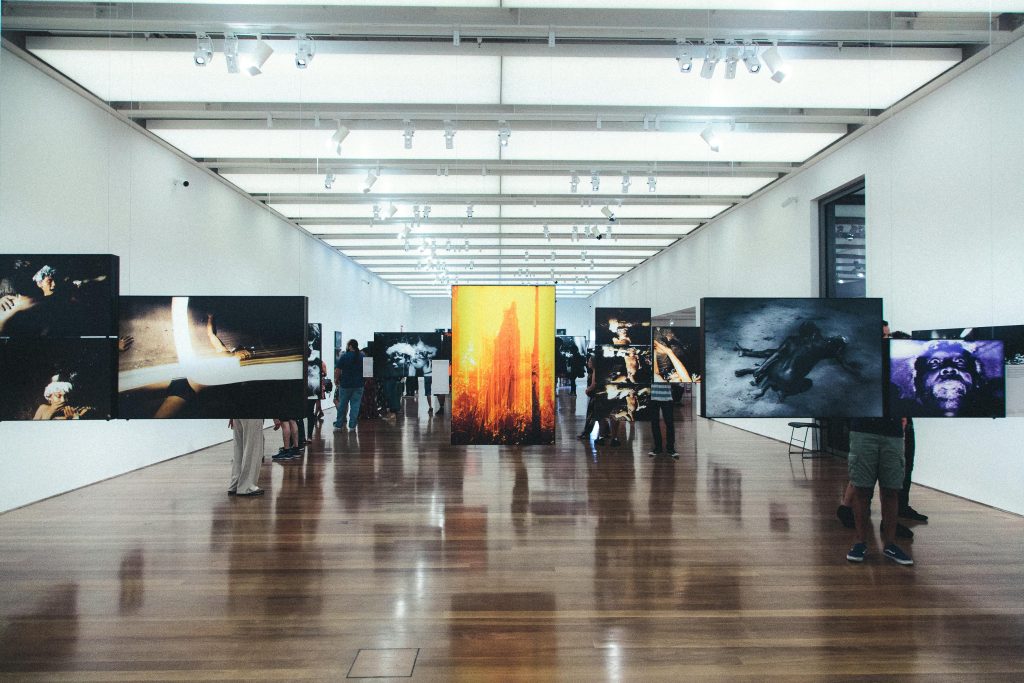
Renowned Installations in The Sphere of Hybrid Art
- 1. “Victorian Flea Circus” by Catherine Chalmers: The iconic Catherine Chalmers orchestrates a dazzling miniature circus, in which trained fleas perform on tiny, elaborate sets. Furthermore, spectators plunge into a world where fleas pull chariots and navigate tightropes, blending biology and performance art in a dazzling and elaborate manner. This work remodels Victorian entertainment through a contemporary lens, shedding light on the awe that lays in the minuscule.
- 2. “The Tissue Culture and & Art Project” by Oron Catts and Ionat Zurr: Oron Catts and his colleague and friend Ionat Zurr grow living art from cells, producing dazzling works that live, breathe, and grow. Additionally, their pioneering bio-art installations, alive and beating, confronts observants with the thought-evoking beauty of life sculpted by human hands blurring the line between organic and artificial existence.
- 3. “Hylozoic Ground” by Philip Beesley: The well-known Philip Beesley cited for iconic works such as “Amatria” (2016) and “The Hive” (2018). In His earlier 2010 work “Hylozoic Ground” Beesley crafts an interactive forest of synthetic fronds that respond to human touch with delicate movements and luminescence . Furthermore this work artfully blends architecture, robotics, and Artificial Intelligence, elaborately crafting a canopy that breaths and shivers around visitors, immersing them in a responsive, recreational ecosystem that reflects the intricacies and sensitivities of the natural environment.
- 4. “Machine Hallucination” by Refik Anadol : Rafik, well known for his transformational works in which he morphs digital data into a visual spectacle, projective AI-generated, ever-changing landscape into vast surfaces. This deeply immersive installation dips viewers in swirling patterns of light and color, derived from data arrays, producing a physical space in which digital and architectural elements merge and fuse in a delicate manner, inviting visitors to wander through a landscape crafted out of machine-like dreams.
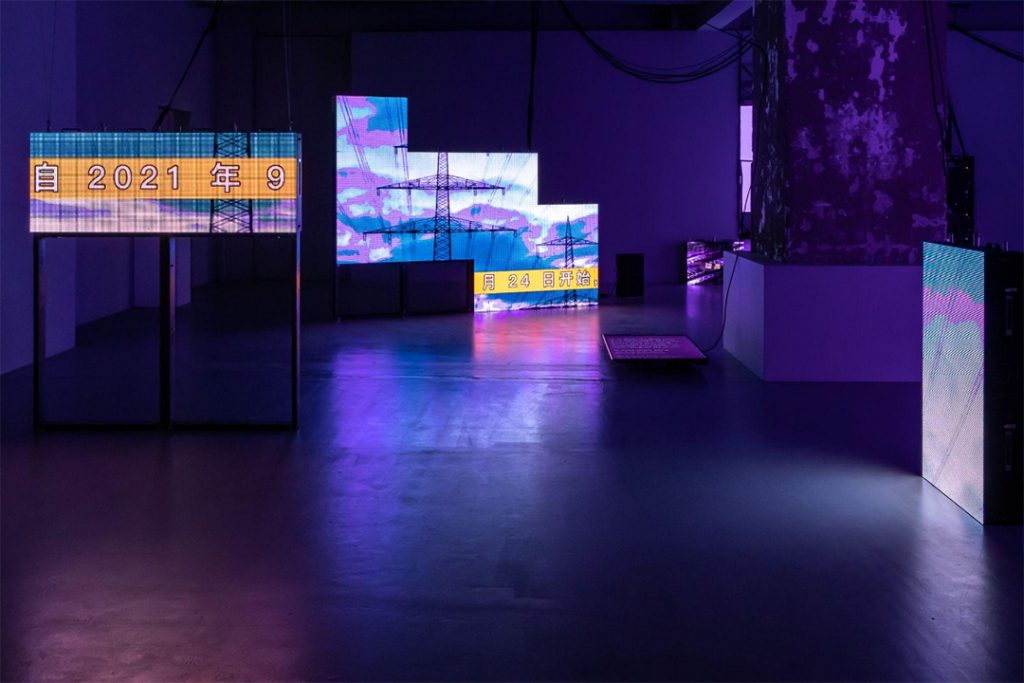
In Conclusion
Hybrid Art Stands as a testament to the endless possibilities of creative exploration. By fusing different element from distinct realms with boundless imagination of art, hybrid artists tend to challenge our perceptions and invite us to envision a future where disciplines coalesce to expose new dimensions of beauty and aesthetic appreciation.

